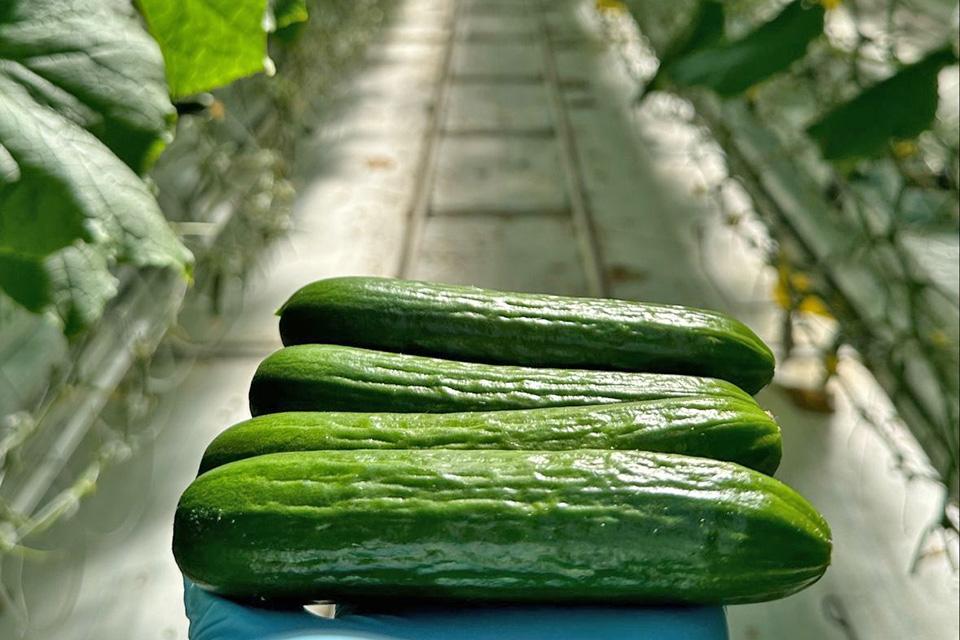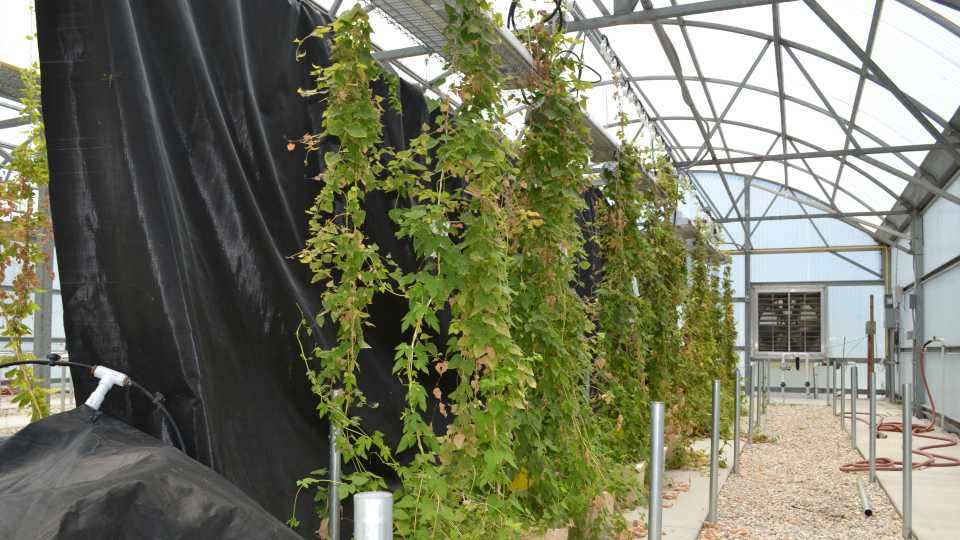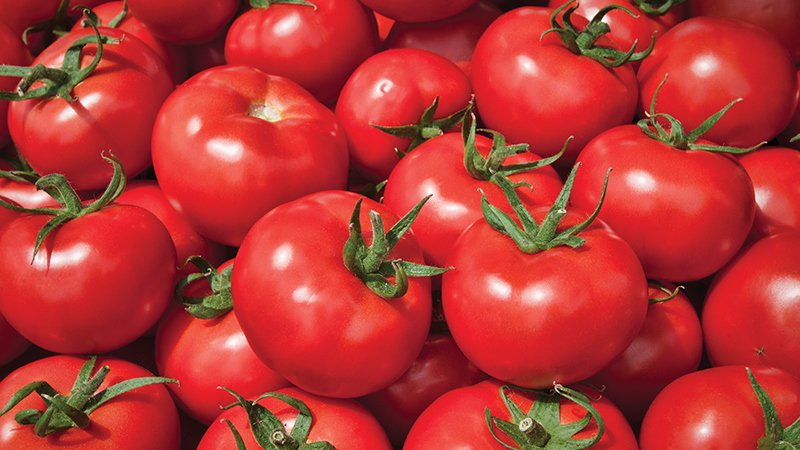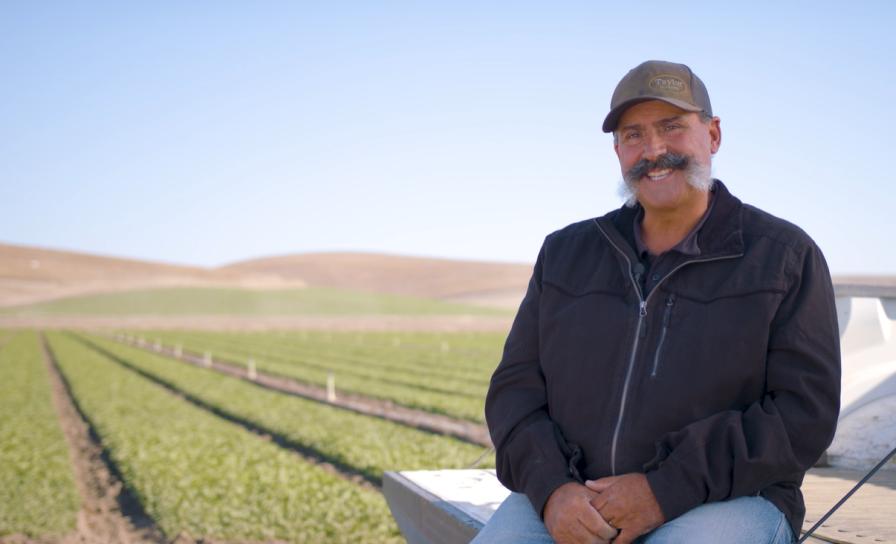Tap The Potential Of Online Communities

Summer Crenshaw
“It doesn’t matter how big or small a grower you are, if you don’t have an online presence, you don’t exist.”
Those are the blunt words regarding the modern world from marketing pro Summer Crenshaw, a senior consultant with New York City-based TMedia. For some resisting this world, that’s bad news. But, there’s good news that growers can build an online presence — fast and free — with social media.
While agriculture has tended to lag behind other industries in the use of social media, it is catching up now based on usage from the younger generation of farmers.
“The adoption is coming more from 25-to-30-year-olds and less so from the growers in the 60-plus range,” Crenshaw says. “They are saying, ‘I am going to do this a different way,’ and it’s almost a rebel mindset to use technology in farming.”
The time is right for social media in agriculture whether it be for promotion of produce grown on an individual’s farm, to market an allied service, or to educate the public about farming.
“The vast majority of Americans don’t understand agriculture,” Crenshaw says. “They barely have an understanding where food comes from, but recently, we’ve seen the farm-to-table movement grow and everybody is talking about GMOs. There are real opportunities for farmers to engage and educate the public right now because of this growing interest in food and where it comes from.”
Creating Content
One of the biggest hang-ups some people have about joining the social media conversation concerns the question: “What am I going to post?” Crenshaw says, have no fear because the subject matter is in your fields.
“Growers are passionate about the crops they have chosen to grow,” she says. “I tell them to take that passion to social media and tell people how it is grown, harvested, and share recipes on how to prepare it.”
Posting photos of crop progress, harvest, and general life on the farm all make for quick and easy content that social media followers like to consume.
“People use social media for three main focuses — education, collaboration, and entertainment,” Crenshaw says. “Educational information on the nutritional value of your produce or how to peel or slice a piece of fruit can be great content for your followers. Collaboration includes peers talking to one another for things like pest identification and harvest dates. You see this collaboration a lot on Twitter’s @agchat feed. Finally, people use social media for entertainment.
“Whenever you are creating content, you want to consider whether you are doing one of these three things,” she says. “If you are, your post will be more successful.”
The Time Factor
One reason people avoid social media personally or for their business is the notion it will take too much time. But Crenshaw says it only takes 15 minutes of your day.
“Even if you are posting only once a week, that is OK. Just don’t have long stretches where you are not posting anything,” she says.
Crenshaw’s suggested 15-minute daily routine includes the “Listen, Participate, and Create” model. Spend five minutes browsing social media like Twitter and Facebook and pay attention to what people are posting about.
Then spend another five minutes participating. “Maybe someone is asking about farmers’ markets in the area,” she says. “You reply back that you’ll be at a local market this weekend and encourage the person to stop by. Maybe somebody is looking for a recipe that would include your product. Reply back with a recipe.”
Then five minutes is dedicated to creating a post or two to share with your fans or followers.
Potential Pitfalls
Crenshaw believes the biggest pitfall associated with social media is not utilizing it.
“A lot of times, an individual grower might not have the resources to have a website, so I tell them utilize social media,” she says. “Facebook scores very high on Google Analytics and often a small business’s Facebook page will show up in search results before their website, if they have one.
“Another problem is creating a social media presence and then never posting,” Crenshaw says. “If you get people excited about what your farm has to offer and you never post, it creates a negative association with your brand.”
What if someone says something negative on social media? Crenshaw says this a common concern, but often overblown and fairly rare.
“Typically negative comments are few and far between, but there are situations like the cantaloupe foodborne illness outbreak a few years ago that will create some negative energy around a crop. Prior to joining social media, have a plan in place covering how you would address someone concerned about an illness outbreak, even if it doesn’t affect your crop.
“It can be a little intimidating at first, but once you jump in and start using social media, it gets a lot easier. There is a reason more than a billion people are on Facebook. It works.”
Talking Social
Here’s how two GenNexters view the role of social media in agriculture.
 “I use social media to bolster sales and support for my company more from a business-to-business standpoint. But, I also use it from a personal standpoint to become an expert and technical resource for people in our industry. I use Facebook, Twitter, and LinkedIn to provide information that is of interest to our markets beyond just the food safety services our company provides.
“I use social media to bolster sales and support for my company more from a business-to-business standpoint. But, I also use it from a personal standpoint to become an expert and technical resource for people in our industry. I use Facebook, Twitter, and LinkedIn to provide information that is of interest to our markets beyond just the food safety services our company provides.
“Not only am I confident we are getting ROI from using social media, but we can measure it and see trends on what is working or not. The other thing is the initial investment to utilize social media is very low or even free.”
Ian Bessell
Birko
Wellington, FL
 “At Lipman, we are using Facebook, Pinterest, and Twitter. I think we probably get more interaction and more results for our time with Facebook. I think a good thing to do is set up a weekly plan for your posts. You are going to do recipes on Monday, and on ‘throwback Thursday,’ feature something your business did 40 years ago. This helps keep you organized.
“At Lipman, we are using Facebook, Pinterest, and Twitter. I think we probably get more interaction and more results for our time with Facebook. I think a good thing to do is set up a weekly plan for your posts. You are going to do recipes on Monday, and on ‘throwback Thursday,’ feature something your business did 40 years ago. This helps keep you organized.
“At the end of the day, the consumer expects you to be engaged through social media. Even if you don’t have it all figured out yet, get on there and start doing something. You’ll learn quickly.”
Jessica Kerstein
Lipman
Immokalee, FL
Get Connected
To learn more specifics on how to use the three most popular social media platforms, click on the following links:










